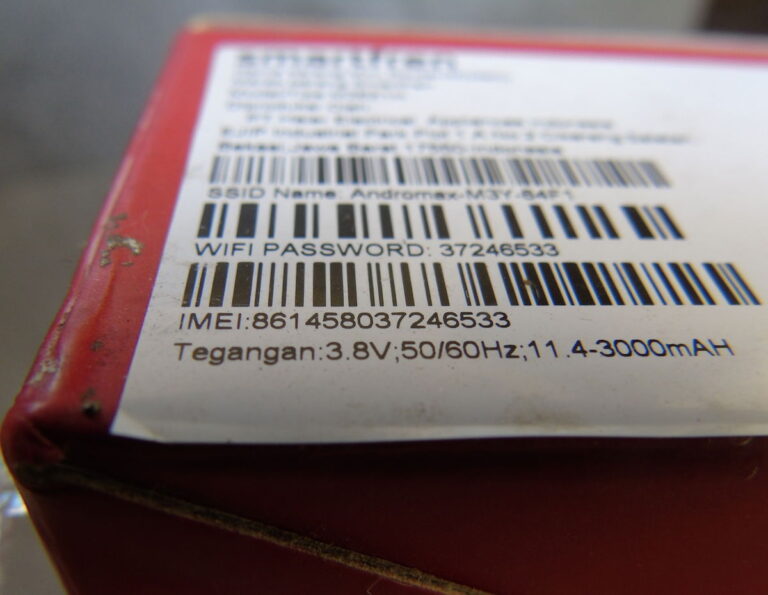
Uber’s next driver might surprise you—it could be someone without a pulse! The ride-hailing giant has made a deal with a Chinese autonomous driving startup called Momenta to launch robotaxis in Europe in early 2026. Yes, real cars with no one behind the wheel, unless you can do code and sensors. For a continent that is used to metro delays, rail strikes, & grumpy taxi drivers, the arrival of autonomous Ubers could be a transport miracle or a glitching migraine.
So, What’s the Deal?
Momenta & Uber are partnering to deploy an autonomous ride service in select European cities. If you have not heard of Momenta, do not worry— most of Europe hasn’t either. But in China, it’s a major player within the self-driving game, meaning cars can handle most driving functions without human interference. The Goal? To combine Uber’s app, logistics, and reach with Momenta’s technology to scale robotaxis quickly. Ideally, without the trial and error we have seen in U.S cities.
Why This Matters?
Europe has been relatively slow on this robotaxis front compared to China and the U.S. Regulations in Europe are stricter, cities are older, and public sentiment regarding AI on wheels is still cautious at best. So this announcement is a big step. If successful, it can disrupt urban transport in the EU, increase efficiency and reduce emissions, lower Uber’s operating costs, and possibly raise serious safety and labour questions.
Europe’s Cautious Optimism
Uber has not specified where in Europe this will launch first, but insiders hint at major urban cities like Madrid, Berlin, or Paris. The challenge? Is Europe’s love of regulation. The EU has been cracking down on AI-safety, data privacy, and digital accountability. So any robotaxi service must comply with the following new AI Act provisions, urban mobility standards, and transport laws, which is no easy feat. However, there is ample opportunity to cut urban emissions and reduce traffic. Robotaxis can be a slot into Europe’s green and digital agendas if they launch thoughtfully.
The big questions are, “Can it work?” “Will People trust it?” Would you hop into a car without a driver on a rainy day in Barcelona at midnight? The next chapter is about not just the technical capabilities, but a cultural shift. Uber and Momenta are selling comfort with autonomy. And whether that sells in Europe? We are about to find out.





![Sunday is the last day to take advantage of the Chase refinance mortgage rate sale [Expired]](https://thenewsblend.com/wp-content/uploads/2025/12/eed000a0-caf6-11f0-baaf-499d9d48b516-768x512.jpg)

